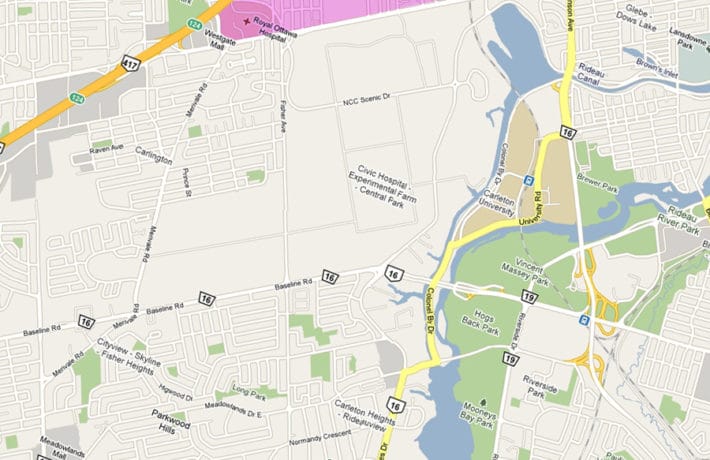
Early Settlement
This area was first subdivided into four separate plans in 1875 to prepare for settlement. During the depression of the 1870’s, only four families lived in Bayswater and the rest of the land was used as a dairy farm by Mr. Edmund Wood Clark.
Edmund Wood Clark had inherited the dairy farm in 1870 from his father, John Clark. The Clark family pioneered dairy farming in the Ottawa area and dominated the industry for over a century. E.W. Clark continued to farm the land until 1885, when there was a resurgence of demand for property, following the depression. He then moved to a home on Merivale Road which his father had deeded to him.
Boundaries
Bayswater lies just south of Hintonburg, between Carling, Holland and the Grand Trunk line, which is now, the Queensway.
Development
Bayswater was a rural area until the introduction of the Ottawa Electric Streetcar in 1870. The dynamic of the area changed within four years, becoming more populous. Most of the farmers and labourers working on the Experimental Farm lived in Bayswater. By 1907, prior to amalgamation, there were 31 houses and one cottage in Bayswater.
Annexation
There was an ongoing effort to transform Ottawa into the ‘Washington of the North’. To do so, it was necessary to gain the parklands of the surrounding areas to beautify the capita. Moreover, there was a push to acquire more industry and thus the city needed the surrounding villages factory sites. The village residents saw the benefits of joining Ottawa as better fire and police protection, free mail delivery, sewers, access to city hospitals, cheaper phone service, relief for overcrowded schools and decreased taxes. Bayswater agreed to join the city in 1907, becoming the first village to do so. The decision was rewarded; Bayswater residents reported that they received more improvements in the first few months than they had in the past 11 years.